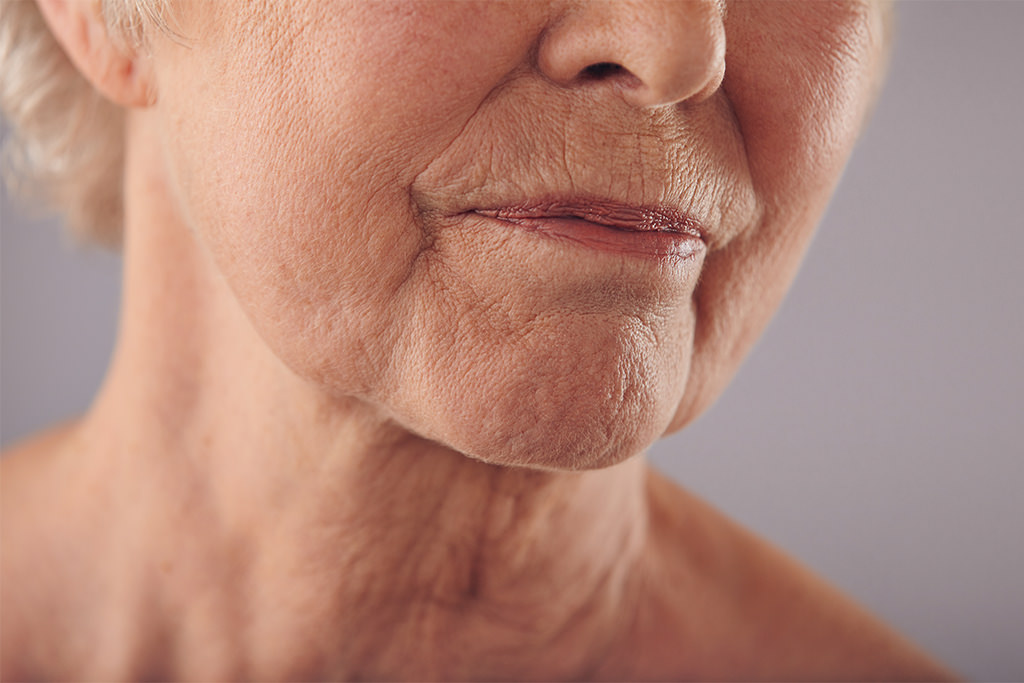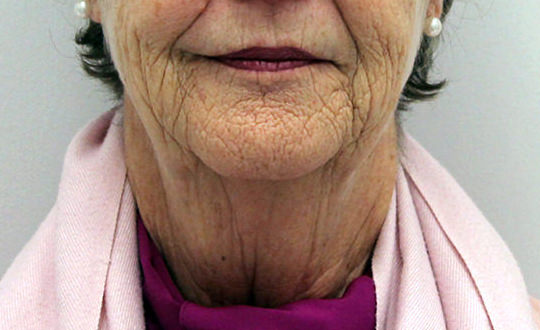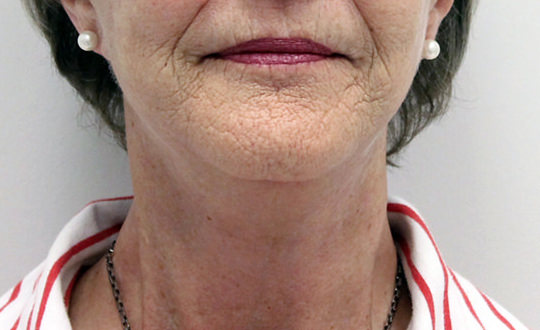A neck lift is a procedure designed to improve the appearance of the neck by removing loose skin and excess fat as well as eliminating vertical folds caused by the platysma muscle in the neck. Droopy skin in the neck area is one of the earliest signs of aging for many people. These changes can appear suddenly or worsen after weight loss. A neck lift will define the jawline and remove the double chin, improving the appearance of your front and side profile.
Dr. Perry Gdalevitch is known for producing attractive, beautiful, and natural-looking neck lift results that make you look more youthful, rejuvenated, and rested. With her experience and expertise, your results will be natural!

 PLASTIC
PLASTIC



